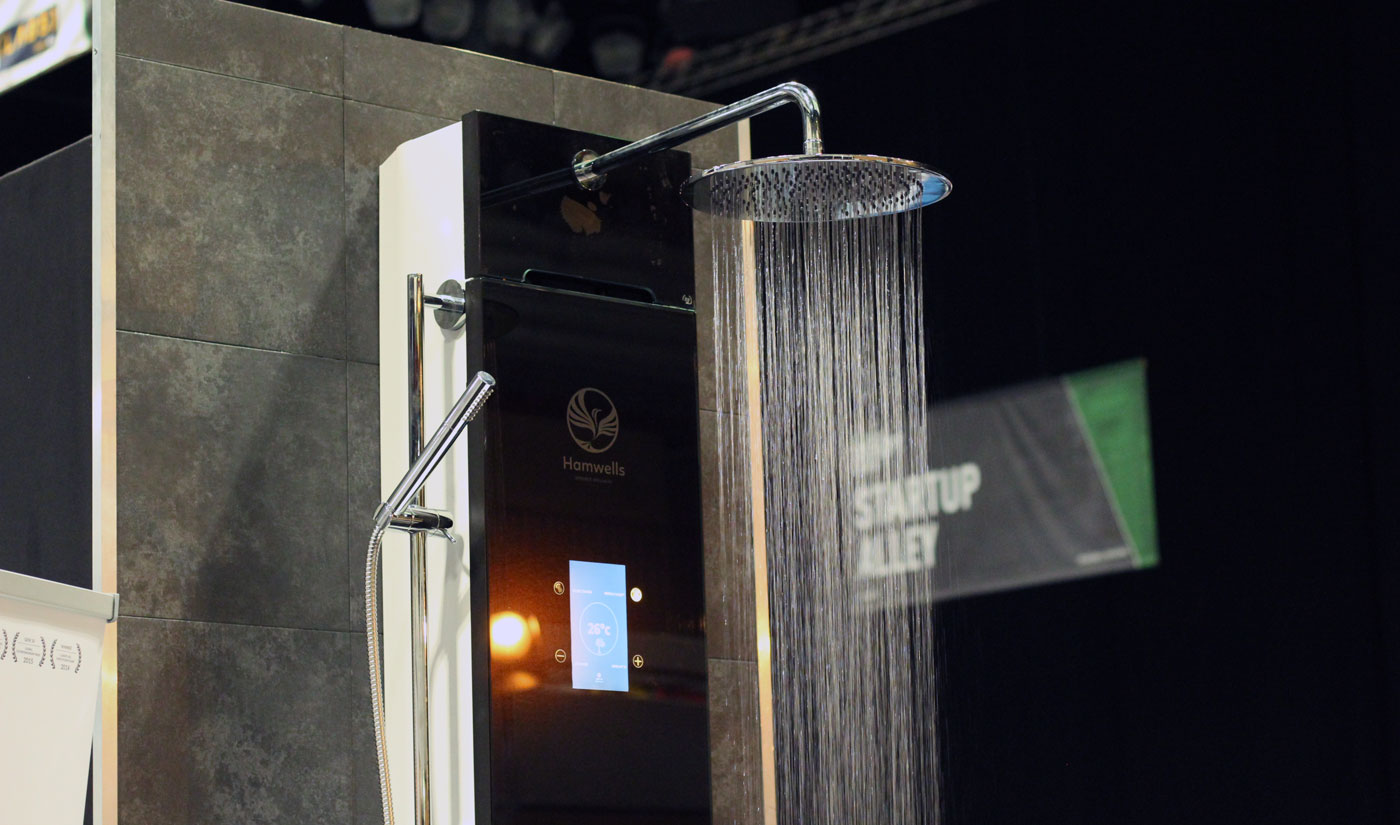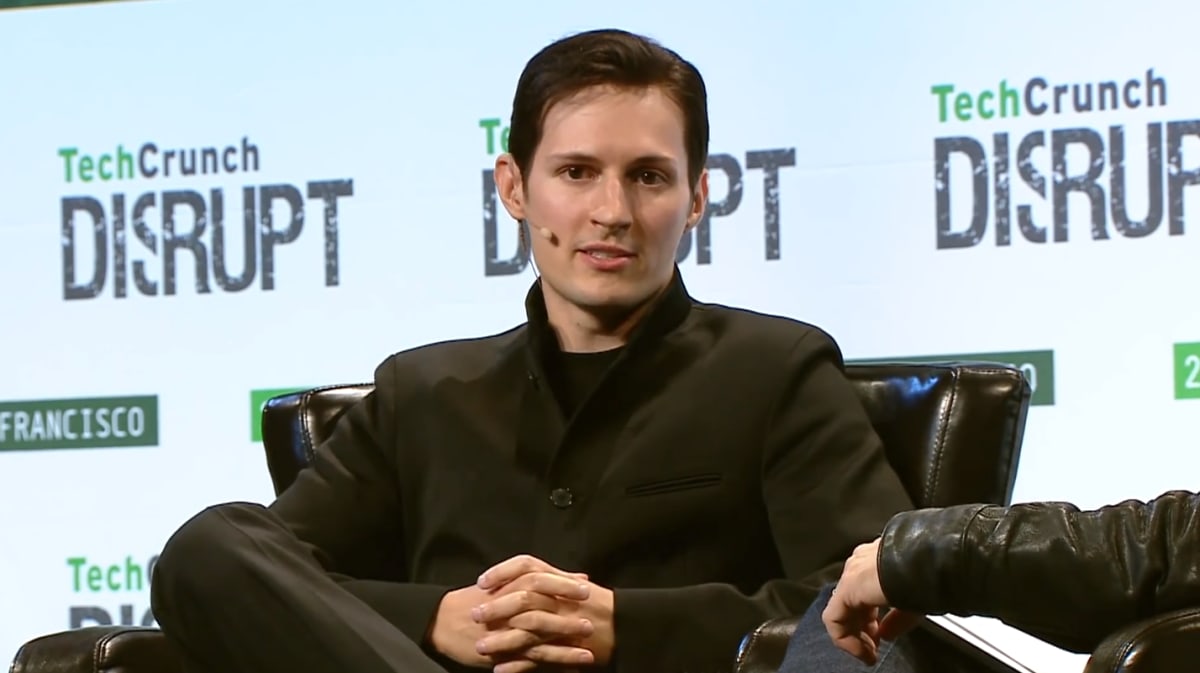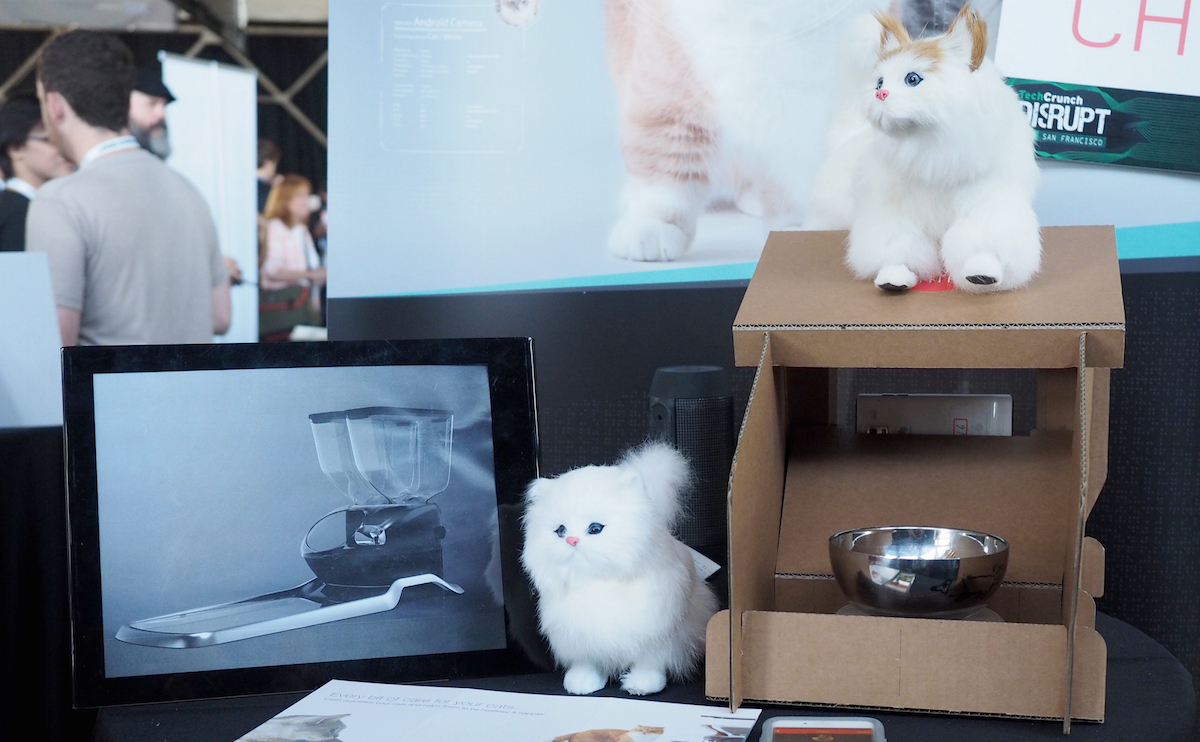
You've seen them on planes, in coffee shops, maybe even at the office: tablets tethered to Bluetooth keyboards. Those users pecking away at hardware keys because using their slate's software grid is nothing more than an exercise in futility. Dryft is a soft keyboard built by Swype co-founder Randy Mardsen that aims to change that. You see, most of us are touch-typers and rest our hands on the 'home row' of keys to tell our fingers where to reach all the other letters. But, the smooth surface of tablet displays prevents our phalanges from finding the proper orientation. Dryft eliminates that problem by automagically positioning the keys beneath your fingertips wherever they may be, and by allowing users to rest their hands on the screen.
Dryft can do this because it doesn't rely solely on the touch sensors embedded in the screen, it also uses accelerometer data to determine if your fingertips are taking a break or are pecking away with purpose. Because of its reliance upon high fidelity signals from the accelerometer to work well, Dryft needs low-level access to that sensor's data -- and that means we won't be seeing a Dryft download in any app store. Instead, Mardsen is taking the same route as he did with Swype, and is planning to license Dryft for use on Windows Phone, Android and iOS. Plus, developers will be able to integrate Dryft in individual apps thanks to a forthcoming SDK. Want to see Dryft in action? A video awaits after the break.
Filed under: Tablets, Software
Comments
Source: Dryft
 Aside from building a coal-fired power station, the thing that activates your brain's climate-guilt gland the fastest is taking a luxurious bath. Unfortunately, using a shower isn't that much better for the planet, which is why Dutch startup Hamwells...
Aside from building a coal-fired power station, the thing that activates your brain's climate-guilt gland the fastest is taking a luxurious bath. Unfortunately, using a shower isn't that much better for the planet, which is why Dutch startup Hamwells...
 Aside from building a coal-fired power station, the thing that activates your brain's climate-guilt gland the fastest is taking a luxurious bath. Unfortunately, using a shower isn't that much better for the planet, which is why Dutch startup Hamwells...
Aside from building a coal-fired power station, the thing that activates your brain's climate-guilt gland the fastest is taking a luxurious bath. Unfortunately, using a shower isn't that much better for the planet, which is why Dutch startup Hamwells...
 Secure messaging service Telegram announced on Wednesday it had shut down 78 ISIS-related channels since the deadly attacks on Paris and Beirut, alongside a statement saying the company was "disturbed to learn that Telegram's public channels were b...
Secure messaging service Telegram announced on Wednesday it had shut down 78 ISIS-related channels since the deadly attacks on Paris and Beirut, alongside a statement saying the company was "disturbed to learn that Telegram's public channels were b...
 Last year, Zillians launched a high-tech cat feeder called Bistro that'll monitor how much food and water your little feline is eating thanks to a smart built-in facial recognition camera. Since then, the company has renamed the product to the CatF...
Last year, Zillians launched a high-tech cat feeder called Bistro that'll monitor how much food and water your little feline is eating thanks to a smart built-in facial recognition camera. Since then, the company has renamed the product to the CatF...
















